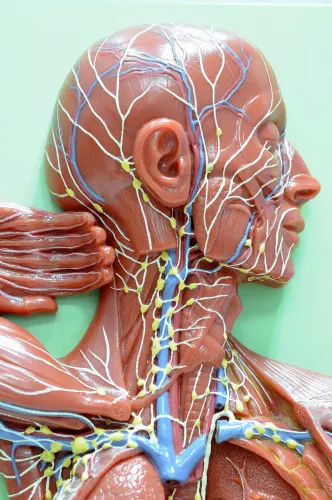Radiology Coding Alert
ICD-10-CM Guidelines:
Familiarize Yourself With These New Hurricane External Cause Guidelines
Published on Mon Jan 14, 2019

You’ve reached your limit of free articles. Already a subscriber? Log in.
Not a subscriber? Subscribe today to continue reading this article. Plus, you’ll get:
- Simple explanations of current healthcare regulations and payer programs
- Real-world reporting scenarios solved by our expert coders
- Industry news, such as MAC and RAC activities, the OIG Work Plan, and CERT reports
- Instant access to every article ever published in Revenue Cycle Insider
- 6 annual AAPC-approved CEUs
- The latest updates for CPT®, ICD-10-CM, HCPCS Level II, NCCI edits, modifiers, compliance, technology, practice management, and more
Related Articles
Other Articles in this issue of
Radiology Coding Alert
- CPT® Coding:
Get Clarity on Single View Chest, Abdomen X-Ray Coding Cases
Learn how to navigate between parenthetical notes and other authoritative sources. Sometimes, even the most [...] - ICD-10-CM Guidelines:
Familiarize Yourself With These New Hurricane External Cause Guidelines
Use these 2 examples to steer home the point. Following a tumultuous 2018 hurricane season, [...] - ICD-10-CM Coding:
Brush Up On Gout Coding by Addressing 4 Crucial Steps
The key to success begins and ends with a knowledge of the terminology. An overweight [...] - You Be the Coder:
Know What Criteria to Look for on Duplex Scan Reports
Question: On a scrotal ultrasound (US) with duplex scan, the provider documents in the duplex [...] - Reader Question:
Note Circumstances of Postop Pain Before Determining Dx Code
Question: A patient is seen for imaging two days following an ethmoidectomy. The patient complains [...] - Reader Question:
Report MRI of the Penis using 7219X
Question: What is the CPT® code for an MRI of the penis? California Subscriber Answer: [...] - Reader Question:
Know How to Sequence Complication, Condition Codes Properly
Question: How should I code a diagnosis of chronic nasal bleeding following sinus surgery? Florida [...]
View All




